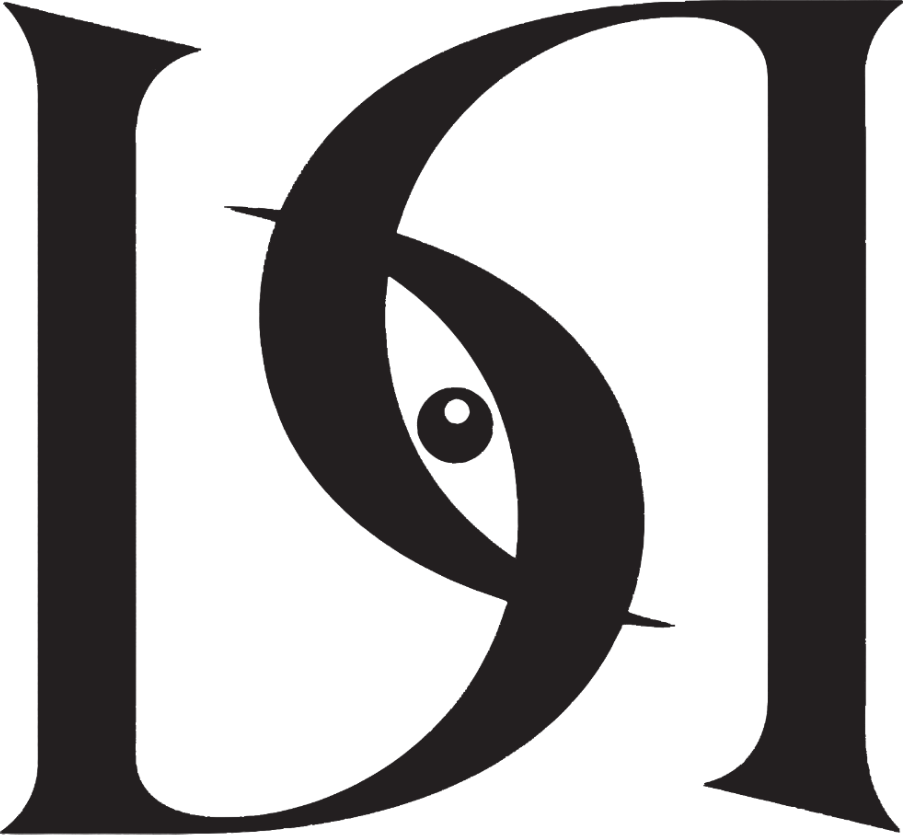So verbessern Sie das SEO-Ranking Ihrer Website in nur 30 Tagen.
In today’s digital age, the visibility of your website on search engines can make or break your business. Improving your website’s SEO is essential for increasing traffic, generating leads, and ultimately driving sales. Here’s a practical, step-by-step guide to enhancing your SEO ranking within just 30 days.
Day 1-7: Keyword Research and Strategy Development
Day 1: Identify Your Target Audience
Before diving into SEO, it’s crucial to understand who your target audience is. Identify their needs, pain points, and behaviors—such as where they spend their time online and the search terms they might be using. This information will guide your entire keyword strategy and help you create more targeted content.
Day 2-3: Conduct Thorough Keyword Research
Use tools like Google Keyword Planner, Ahrefs, or SEMrush to find relevant keywords. Focus on a balance of high search volume and low competition. Consider long-tail keywords, which are more specific and often have lower competition, making them easier to rank for.
Day 4-5: Map Keywords to Content
Assign specific keywords to relevant pages on your website. Each primary keyword should be focused on one page to avoid keyword cannibalization (where multiple pages compete for the same keyword). This strategy helps search engines understand the purpose of each page more clearly.
Day 6-7: Plan New Content
Based on your keyword research, identify any content gaps. Plan blog posts, landing pages, or other types of content that address these gaps. Incorporate the targeted keywords naturally into the content, while maintaining a focus on readability and user intent.
Day 8-14: On-Page SEO Optimization
Day 8-10: Optimize Title Tags and Meta Descriptions
Ensure that each page’s title tag includes the primary keyword and is crafted to encourage clicks from search results. The meta description should be compelling and include relevant keywords, providing a clear value proposition to searchers.
Day 11-13: Header Tags and Content Optimization
Use header tags (H1, H2, H3) to organize your content, making it easier for both users and search engines to understand. Include your primary and secondary keywords in subheadings, but ensure the content reads naturally—keyword stuffing can harm rankings.
Day 14: Internal Linking
Link to other relevant pages within your site to help search engines crawl your website more effectively and keep users engaged longer. Internal links distribute "link juice" across your site, which can improve the rankings of deeper pages.
Day 15-21: Technical SEO and Performance Optimization
Day 15-17: Improve Page Speed
Use tools like Google PageSpeed Insights or GTmetrix to analyze and improve your website’s load time. Compress images, enable browser caching, and minimize CSS and JavaScript files to boost performance. Google prioritizes fast-loading websites in its rankings, so page speed is critical.
Day 18-19: Mobile Optimization
Ensure your site is mobile-friendly, as mobile usability is a significant ranking factor. Use Google’s Mobile-Friendly Test Tool to check compliance. Your website should be responsive, easy to navigate, and fully functional on mobile devices.
Day 20: Fix Broken Links
Broken links negatively impact user experience and SEO rankings. Use a tool like Broken Link Checker to identify and fix broken links across your site.
Day 21: XML Sitemap and Robots.txt
Ensure your XML sitemap is up to date and submitted to Google Search Console. This helps search engines crawl and index your site more efficiently. Check your robots.txt file to ensure it's not accidentally blocking important pages from being crawled.
Day 22-30: Off-Page SEO and Monitoring
Day 22-25: Build Backlinks
Start building high-quality backlinks from reputable websites. Focus on guest blogging, creating shareable content, and reaching out to industry-related sites for partnerships. Strong backlinks signal authority to search engines and improve your ranking potential.
Day 26-27: Leverage Social Media
Promote your content on social media to drive traffic back to your website. While social signals aren’t direct ranking factors, increased traffic and engagement can indirectly boost your SEO. Also, content that’s shared often has a higher chance of attracting backlinks.
Day 28: Local SEO Optimization
If applicable, make sure your business is optimized for local search. Claim and optimize your Google My Business profile, ensure your name, address, and phone number (NAP) are consistent across directories, and encourage customers to leave reviews.
Day 29-30: Track Progress and Refine
Use Google Analytics and Google Search Console to track your SEO progress. Monitor changes in keyword rankings, organic traffic, and engagement metrics like bounce rates and session duration. Based on the results, refine your SEO strategy—whether that means adjusting keywords, creating more content, or improving technical aspects of your site.
Subscribe to our
newsletter.
Get valuable strategy, culture, and brand insights straight to your inbox.
By signing up to receive emails, you agree to our Privacy Policy. We treat your info responsibly. Unsubscribe anytime.





